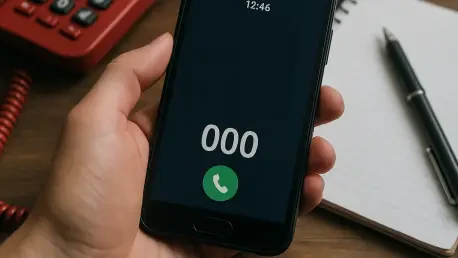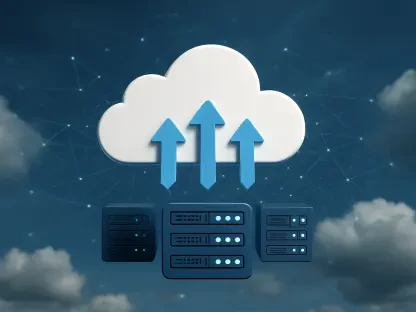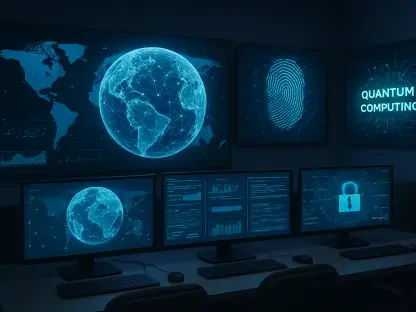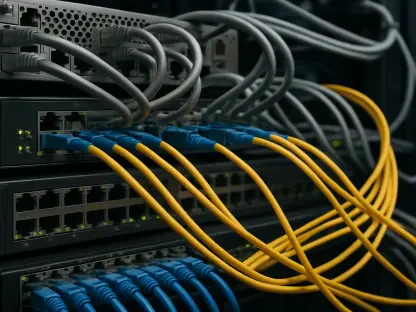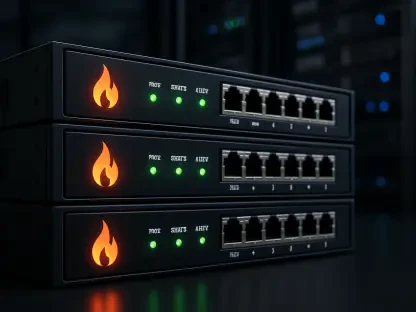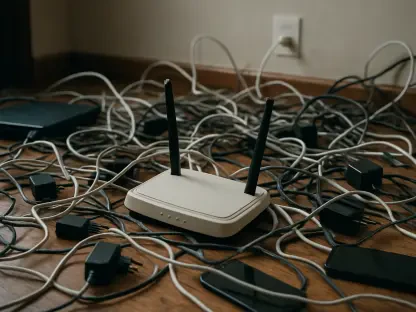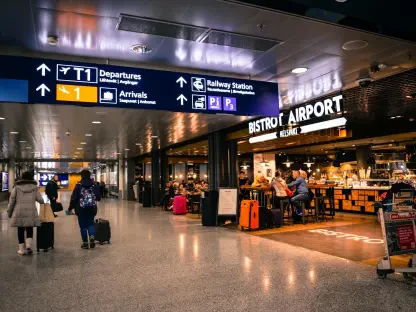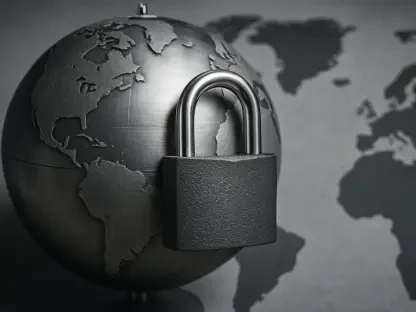Imagine a dire situation where every second counts—a medical emergency unfolds in a remote area, and a call to Triple Zero (000) becomes the lifeline to help. Most Australians are taught from a young age how to dial this emergency number during life-threatening or time-critical situations, yet few understand the intricate process that unfolds behind the scenes. From the moment the call is placed to the arrival of paramedics, police, or firefighters, numerous technical and logistical steps must align perfectly. Recent incidents, such as the devastating Optus outage that led to tragic outcomes, underscore the fragility of this system and the urgent need for robust safeguards. This article delves into the detailed mechanics of Triple Zero calls, exploring the federal oversight that governs them, the step-by-step journey of an emergency call, potential points of failure, and the promising improvements on the horizon to ensure reliability for all Australians, no matter their location.
1. Understanding Federal Oversight of Emergency Services
The foundation of Australia’s emergency communication system lies in the hands of the federal government, which holds the responsibility for telecommunications across the nation. This includes the operation of Emergency Call Services, commonly known as Triple Zero. Legislation and regulations are meticulously crafted to ensure that these critical services function seamlessly during crises. The Australian Communications and Media Authority (ACMA) plays a pivotal role in this ecosystem, overseeing and monitoring Triple Zero under Part 8 of the Telecommunications (Consumer Protection and Service Standards) Act 1999. This regulatory framework establishes strict guidelines for telecom providers to follow, ensuring that emergency calls are prioritized and handled with the utmost efficiency. Without such oversight, the risk of systemic failures could jeopardize countless lives, making this governmental role indispensable in maintaining public safety.
Beyond regulation, the federal government’s involvement extends to enforcing compliance among telecommunications carriers to uphold service standards. ACMA not only sets the rules but also actively monitors performance, stepping in when discrepancies or failures occur. This ensures accountability within the industry, compelling providers to maintain infrastructure capable of supporting emergency communications. Recent outages have highlighted the consequences of lapses in this system, prompting renewed focus on strengthening oversight mechanisms. The balance between technological capability and regulatory enforcement remains a critical factor in guaranteeing that Triple Zero calls connect without delay. As challenges in network coverage and system reliability persist, the government’s role in driving improvements and addressing gaps becomes even more essential for safeguarding communities nationwide.
2. Initiating a Triple Zero Call: The First Steps
The process of a Triple Zero call begins with a simple yet crucial act—dialing 000 or the international emergency number 112 in a moment of crisis. For individuals with speech or hearing impairments, an alternative text-based service, 106, is accessible through the National Relay Service, ensuring inclusivity in emergencies. Notably, a SIM card or active mobile plan isn’t required to make this call, but the phone must be within an area of network coverage to connect. Mobile devices link to nearby towers using radio waves oscillating within designated spectrum bands, a process that forms the backbone of emergency communication. These towers then convert the signal into digital data, transmitting it across the mobile network via optic fibers or, in some cases, microwaves or satellites. This initial step is vital, as any disruption at this stage can prevent help from being summoned.
If a caller’s primary network provider lacks coverage in their location, the system is designed to display “Emergency calls only” on the device, routing the call through an alternative network via a process known as “camp-on.” However, this fallback mechanism isn’t foolproof, as demonstrated by recent network failures like the Optus outage, where a system upgrade disrupted Triple Zero access without affecting regular calls. Such incidents reveal vulnerabilities in the infrastructure that must be addressed. Additionally, vast areas of Australia—spanning around 5 million square kilometers—remain without any mobile coverage, rendering Triple Zero calls impossible in those regions. These limitations highlight the urgent need for expanded network reach and robust contingency plans to ensure that emergency services remain accessible to everyone, regardless of location.
3. Routing and Response: After the Call Connects
Once a Triple Zero call successfully connects, it is directed to Telstra, the designated emergency call service operator in Australia, which manages a network of call centers nationwide. These centers are the first point of human interaction in the emergency chain, staffed by trained operators who assess the situation by asking critical questions about the nature of the crisis. Their role is to quickly determine the appropriate response and transfer the call to the relevant emergency service organization, whether it be ambulance, fire, or police. This step is pivotal in ensuring that the right resources are mobilized without delay, as any miscommunication or error could exacerbate the situation. The efficiency of this routing process directly impacts the speed at which help arrives on the scene.
Following the operator’s assessment, trained personnel at the selected emergency service organization take over, processing the details provided and dispatching a response team to the caller’s location. This seamless handoff from call center to emergency responders relies on precise coordination and accurate information exchange. The technology supporting this system must be reliable to prevent dropped calls or misrouted requests, as even minor glitches can have serious consequences. Telstra’s infrastructure, therefore, faces immense pressure to maintain uptime and clarity during peak emergency periods. As the volume of calls can spike during widespread crises like natural disasters, the capacity of these centers to handle high demand remains a key focus for ongoing improvements in the Triple Zero framework.
4. Future Enhancements for Triple Zero Reliability
Recognizing the critical gaps exposed by past network failures, such as the 2023 Optus outage, a comprehensive review recommended the establishment of a Triple Zero custodian to oversee the system’s end-to-end performance. This role, recently backed by federal legislation, empowers the custodian to demand data from telecom companies, enabling better monitoring, risk identification, and faster outage responses. Additionally, groundbreaking direct-to-device mobile technology using Low Earth Orbit satellites is under development, promising to revolutionize emergency access, especially in remote and regional areas prone to isolation during disasters like fires and floods. These advancements aim to bridge coverage gaps that currently hinder Triple Zero functionality, ensuring safety for all Australians.
Further bolstering these efforts, amendments to the Telecommunications Act 1997 passed earlier this year strengthen consumer safeguards and impose stricter obligations on mobile network operators. Meanwhile, draft legislation for a universal outdoor mobile obligation seeks to mandate equitable coverage across Australia, a move that could transform emergency communication in the coming years. These combined initiatives reflect a proactive stance by policymakers to address systemic weaknesses. By integrating legislative reforms with cutting-edge technology, the goal is to create a Triple Zero system that remains resilient under any circumstance. As these measures take shape, the hope is that Australians will soon access emergency services reliably, regardless of where they are located.
5. Reflecting on Progress and Next Steps
Looking back, the journey of a Triple Zero call proves to be a complex interplay of technology, coordination, and regulation, with past challenges like network outages and coverage limitations exposing critical vulnerabilities. The tragic outcomes of incidents such as the Optus failure serve as a stark reminder of the stakes involved when systems falter. Yet, the response from authorities demonstrates a commitment to learning from these setbacks, as evidenced by swift reviews and actionable recommendations that pave the way for reform. The intricate steps from dialing 000 to the arrival of help have been scrutinized to identify every possible point of improvement, ensuring that past errors will not be repeated.
Moving forward, the focus must remain on implementing the proposed solutions with urgency, from appointing a dedicated Triple Zero custodian to rolling out satellite-based connectivity for remote areas. Stakeholders should prioritize collaboration between government bodies and telecom providers to accelerate universal coverage initiatives. Regular system audits and public awareness campaigns about emergency call processes could further enhance preparedness. As technology evolves, continuous investment in infrastructure will be vital to adapt to emerging needs. These steps, if executed effectively, hold the potential to transform Triple Zero into an unbreakable lifeline for all Australians.
